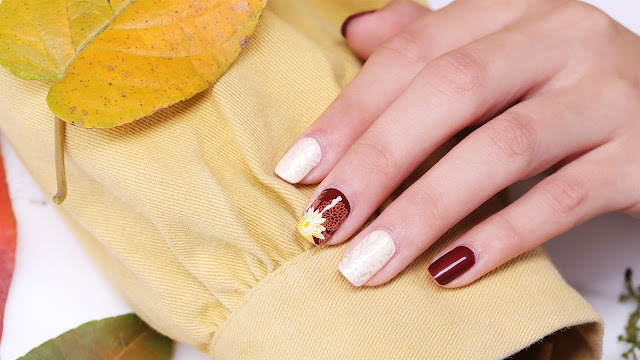The Science Behind A Color Changing Nail Polish
Are you looking to try something new on your nails? Well, with the introduction of a color changing nail polish in the market, there is light at the end of the tunnel for a woman who loves to look attractive. You can now luxuriate in the beauty of having glitter nails. Having beautiful nails is one of the simple ways of upgrading your class as well-embellished nails will make you stand out from the rest.
A color changing nail polish bears a unique characteristic of changing color whenever it is subjected to temperature change. Typically, the nails form the extremities of the human body and tend to change in temperature at a faster rate than the other body parts. This makes the nails a perfect choice for the application of a color changing nail polish.
Are you trying to figure out what exactly is the magic behind a color changing nail polish? Well, you are not alone. A majority of women using this magical type of nail embellishment are not aware of how it works. As long as they have earned the elegance and beauty they are looking for, they are fully satisfied and not ready to make any inquiries or conduct research to ascertain the science behind what they adore. The truth is that a color changing nail polish is based on a reality of a well-thought art to come up with a prepossessing outcome that improves the appearance of the nails.
A color changing nail polish is scientifically considered as thermochromic. This means that it has the ability to change its color with the changing temperature. It comprises of the leuco dyes, which are made of microcapsules that are very tiny. These microcapsules contain three essential chemicals; a dye, a solvent and a weak acid. These chemicals play different significant roles. The dye and the weak acid are responsible for reversible reactions and attach themselves to the H+ ion. The solvent has a melting point that is near the temperature where a change in color should occur.
Since there is a shortage of the H+ ions, both the weak acid and the dye are forced to compete for the H+ ion available. The solvent acts as the mediator by controlling the situation in that when it is cold, the H+ is prompted to attach itself to the weak acid (which is colored) while when it becomes warm, the H+ is prompted to attach itself to the dye (which is colorless). The original color of a color changing nail polish is colorless because of the dye color, and this doesn’t change during high temperatures. However, during low temperatures, the leuco dye blends with the original color thereby resulting in a color change that seems like magic to most people.
The principle behind the changing of color for a color changing nail polish is fully dependent on a chemical reaction caused by temperature variation of the surrounding. Some of the instances that will prompt a color changing nail polish to change color include holding an ice cold drink, playing with snow, cooking and baking, running hands under cold or warm water, holding a hot cup of tea and drying hands under a dryer among others. For the best glitter nails results, consider applying two coats to your nails and subsequently layering with a top coat to bring a glossy appearance and to enhance durability.






Beautiful !
ReplyDeleteLet's playพีจี
ReplyDeleteLet's playสล็อต168
ReplyDeleteLet's playเครดิตฟรี50
ReplyDeleteLet's playufabet
ReplyDelete